Sound waves could help get quantum technology closer to reality, researchers say.
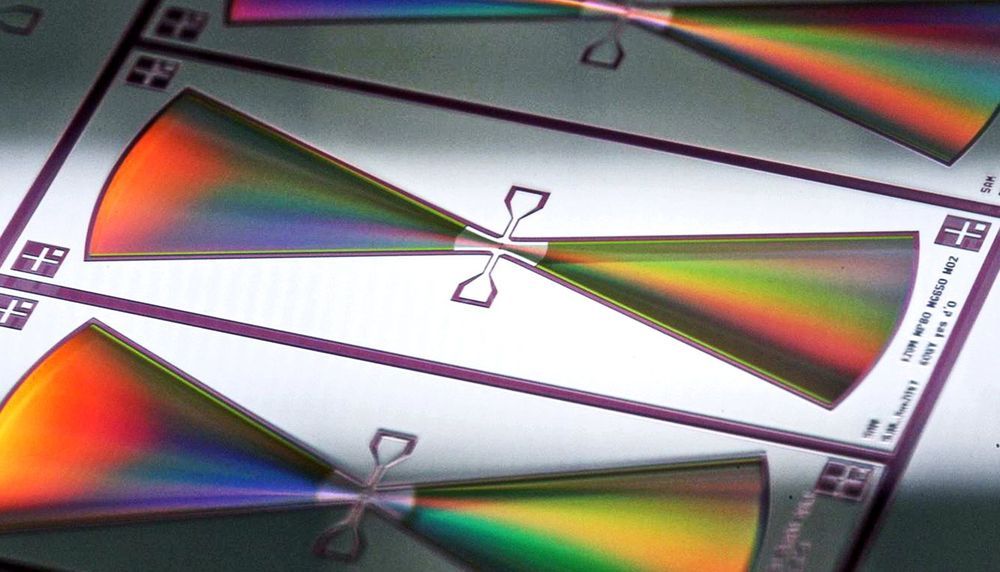



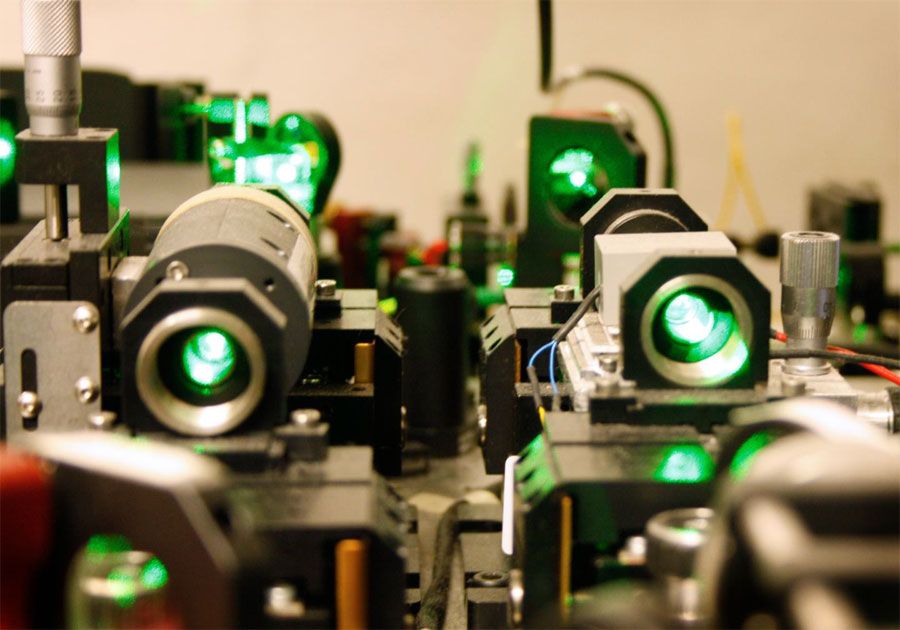
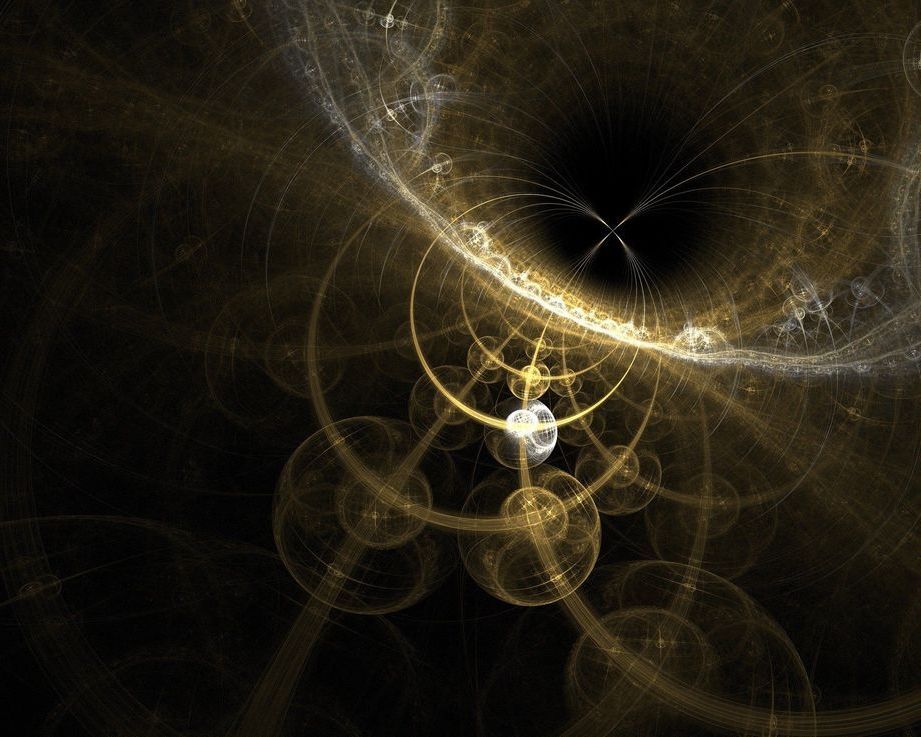
Circa 2018
The experimental mastery of complex quantum systems is required for future technologies like quantum computers and quantum encryption. Scientists from the University of Vienna and the Austrian Academy of Sciences have broken new ground. They sought to use more complex quantum systems than two-dimensionally entangled qubits and thus can increase the information capacity with the same number of particles. The developed methods and technologies could in the future enable the teleportation of complex quantum systems. The results of their work, “Experimental Greenberger-Horne-Zeilinger entanglement beyond qubits,” is published recently in the renowned journal Nature Photonics.
Similar to bits in conventional computers, qubits are the smallest unit of information in quantum systems. Big companies like Google and IBM are competing with research institutes around the world to produce an increasing number of entangled qubits and develop a functioning quantum computer. But a research group at the University of Vienna and the Austrian Academy of Sciences is pursuing a new path to increase the information capacity of complex quantum systems.
The idea behind it is simple: Instead of just increasing the number of particles involved, the complexity of each system is increased. “The special thing about our experiment is that for the first time, it entangles three photons beyond the conventional two-dimensional nature,” explains Manuel Erhard, first author of the study. For this purpose, the Viennese physicists used quantum systems with more than two possible states—in this particular case, the angular momentum of individual light particles. These individual photons now have a higher information capacity than qubits. However, the entanglement of these light particles turned out to be difficult on a conceptual level. The researchers overcame this challenge with a groundbreaking idea: a computer algorithm that autonomously searches for an experimental implementation.
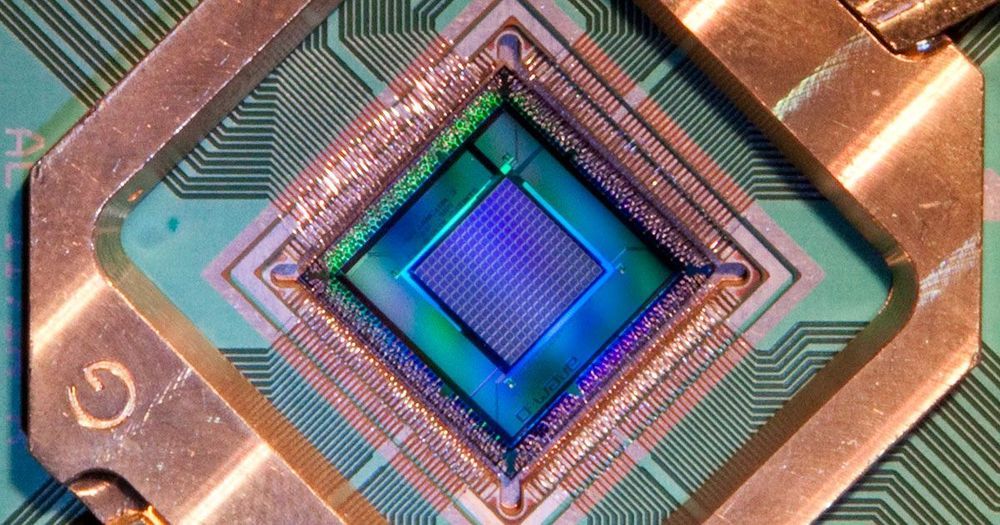
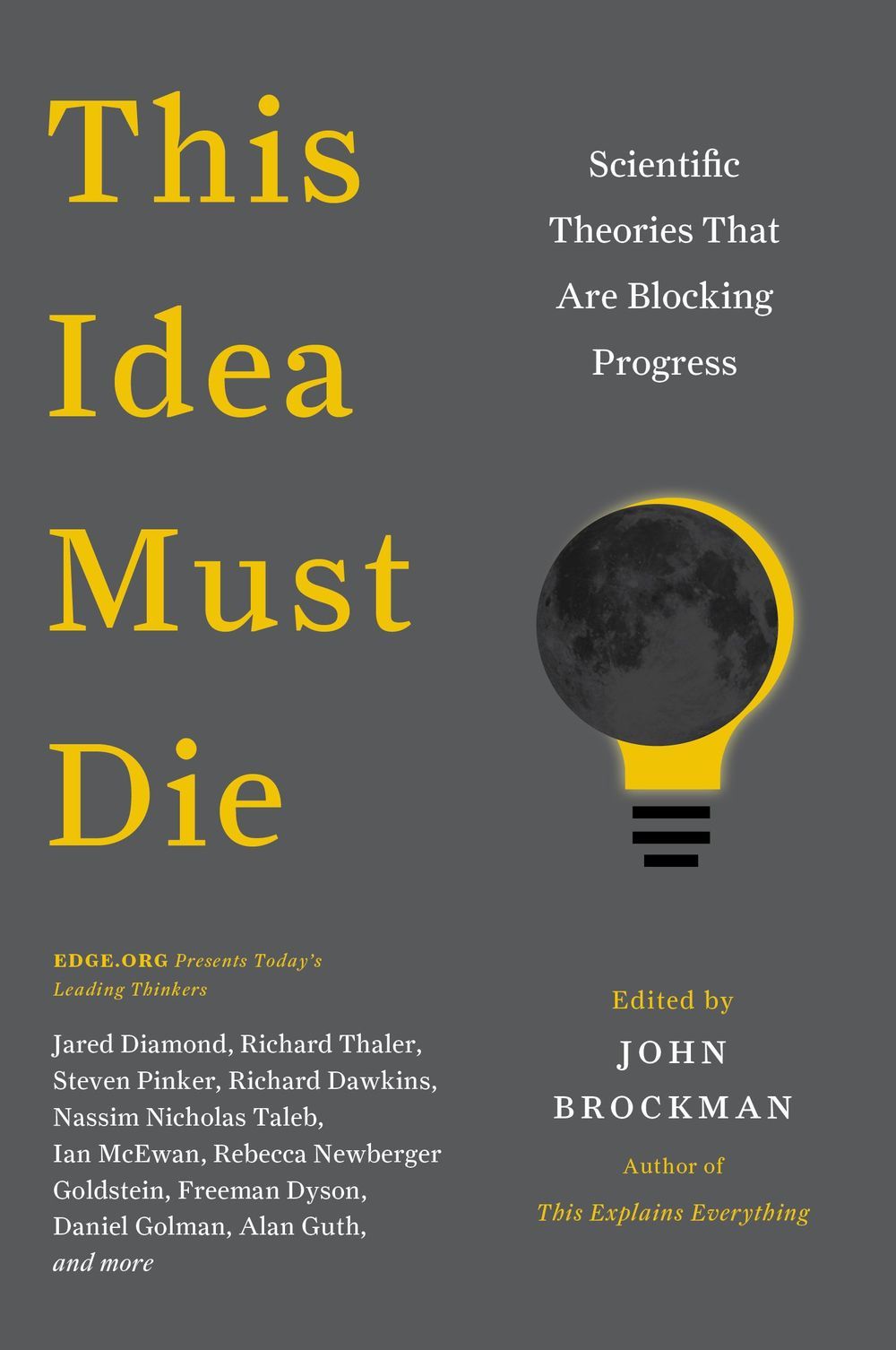
The transition from PCs to QCs will not merely continue the doubling of computing power, in accord with Moore’s Law. It will induce a paradigm shift, both in the power of computing (at least for certain problems) and in the conceptual frameworks we use to understand computation, intelligence, neuroscience, social interactions, and sensory perception.
Today’s PCs depend, of course, on quantum mechanics for their proper operation. But their computations do not exploit two computational resources unique to quantum theory: superposition and entanglement. To call them computational resources is already a major conceptual shift. Until recently, superposition and entanglement have been regarded primarily as mathematically well-defined by psychologically incomprehensible oddities of the quantum world—fodder for interminable and apparently unfruitful philosophical debate. But they turn out to be more than idle curiosities. They are bona fide computational resources that can solve certain problems that are intractable with classical computers. The best known example is Peter Shor’s quantum algorithm which can, in principle, break encryptions that are impenetrable to classical algorithms.
The issue is the “in principle” part. Quantum theory is well established and quantum computation, although a relatively young discipline, has an impressive array of algorithms that can in principle run circles around classical algorithms on several important problems. But what about in practice? Not yet, and not by a long shot. There are formidable materials-science problems that must be solved—such as instantiating quantum bits (qubits) and quantum gates, and avoiding an unwanted noise called decoherence—before the promise of quantum computation can be fulfilled by tangible quantum computers. Many experts bet the problems can’t adequately be solved. I think this bet is premature. We will have laptop QCs, and they will transform our world.

A team of researchers affiliated with several institutions in Austria and Germany has shown that introducing environmental noise to a line of ions can lead to enhanced transport of energy across them. In their paper published in Physical Review Letters, the researchers describe their experiments and why they believe their findings will be helpful to other researchers.
Prior research has shown that when electrons move through conductive material, the means by which they do so can be described by quantum mechanics equations. But in the real world, such movement can be hindered by interference due to noise in the environment, leading to suppression of the transport energy. Prior research has also shown that electricity moving through a material can be described as a wave—if such waves remain in step, they are described as being coherent. But such waves can be disturbed by noise or defects in an atomic lattice, leading to suppression of flow. Such suppression at a given location is known as an Anderson localization. In this new effort, the researchers have shown that Anderson localizations can be overcome through the use of environmental noise.
The work consisted of isolating 10 calcium ions and holding them in space as a joined line—a one-dimensional crystal. Lasers were used to switch the ions between states, and energy was introduced to the ion line using laser pulses. This setup allowed them to watch as energy moved along the line of ions from one end to the other. Anderson localizations were introduced by firing individual lasers at each of the ions—the energy from the lasers resulted in ions with different intensities. With a degree of disorder in place, the team then created noise by randomly changing the intensity of the beams fired at the individual ions. This resulted in frequency wobble. And it was that wobble that the team found allowed the movement of energy between the ions to overcome the Anderson localizations.
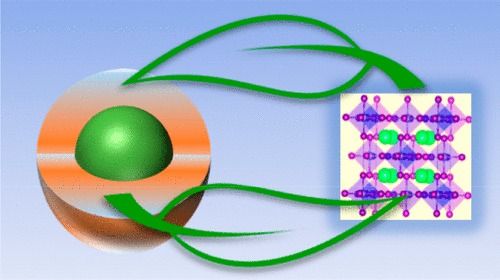
Despite the young age of the research field, substantial progress has been made in the study of metal halide perovskite nanocrystals (HPNCs). Just as their thin-film counterparts are used for light absorption in solar cells, they are on the way to revolutionizing research on novel chromophores for light emission applications. Exciting physics arising from their peculiar structural, electronic, and excitonic properties are being discovered with breathtaking speed. Many things we have learned from the study of conventional semiconductor quantum dots (CSQDs) of II–VI (e.g., CdSe), IV–VI (e.g., PbS), and III–V (e.g., InP) compounds have to be thought over, as HPNCs behave differently. This Feature Article compares both families of nanocrystals and then focuses on approaches for substituting toxic heavy metals without sacrificing the unique optical properties as well as on surface coating strategies for enhancing the long-term stability.
In the early 1980s the quest for novel photocatalysts, fueled by the oil crisis in the preceding decade, led to the discovery of semiconductor quantum dots. Pioneering works by Efros, Brus, and Henglein showed both experimentally and theoretically that the reduction of size of semiconductor particles (e.g., CdS) down to the nanometer range induces a significant change in their band gap energy.(1−3) The underlying quantum confinement effect, occurring when the nanocrystal size is (significantly) smaller than twice the exciton Bohr radius of the semiconductor material (Table 1), leads to an increase, scaling with 1/r, of the band gap energy. It also gives rise to the appearance of discrete energy levels at the place of continuous valence and conduction energy bands. In the same period Ekimov as well as Itoh and co-workers observed quantum confinement in small CuCl crystallites embedded in a glass or a NaCl matrix.
Love: The Glue That Holds the Universe Together. “Love contrasts with fear, light with dark, black implies white, self implies other, suffering implies ecstasy, death implies life. We can devise and apprehend something only in terms of what it is not. This is the cosmic binary code: Ying/Yang, True/False, Infinite/Finite, Masculine/Feminine, On/Off, Yes/No… There are really only two opposing forces at play: love as universal integrating force and fear as universal disintegrating force… Like in Conway’s Game of Life information flows along the path of the least resistance influenced by the bigger motivator – either love factor of fear factor (or, rather, their sophisticated gradients like pleasure and pain) – Go or No go. Love and its contrasting opposite fear is what makes us feel alive… Love is recognized self-similarity in the other, a fractal algorithm of the least resistance. And love, as the finest intelligence, is obviously an extreme form of collaboration… collectively ascending to higher love, “becoming one planet of love.” Love is the glue that holds the Universe together…” –Excerpt from ‘The Syntellect Hypothesis: Five Paradigms of the Mind’s Evolution’ by Alex Vikoulov, available now on Amazon.
#SyntellectHypothesis #AlexVikoulov #Love
P.S. Extra For Digitalists: “In this quantum [computational] multiverse the essence of digital IS quantum entanglement. The totality of your digital reality is what your conscious mind implicitly or explicitly chooses to experience out of the infinite -\-\ a cocktail of love response and fear response.”